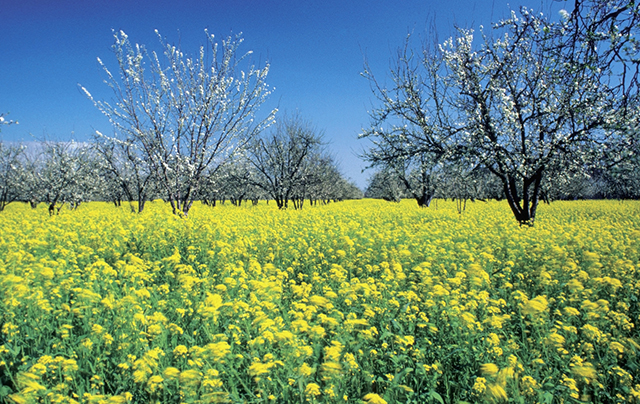Tree pollen season has arrived, but there are a number of ways allergy sufferers can prevent or control their symptoms.
Mid-February is when blooming trees begin to flower. By the time the blossoms have fallen in April, grass pollen season is well underway. This is followed by mid-summer and fall allergens, such as ragweed.
Some allergens stick around all year long, such as pet dander, dust mites and mold.
Most people aren’t allergic to everything and there are a number of ways people can deal with both indoor and outdoor allergens.
The first is doing everything possible to avoid allergens. This can take different forms. If you are allergic to dust mites, you need to wash your bedding in hot water once a week, get new pillows, use dust mite covers on your pillows and mattress, vacuum regularly and use HEPA air filters.
If pollen is a problem, you should avoid being outside on high pollen-count days and keep the windows closed. Run your air conditioning in your home and car. Shower and wash your hair after being outside. Hair is a pollen magnet.
Pollen counts are highest in the morning and rain helps to lower pollen counts, so keep these factors in mind when planning outdoor activities.
If you do develop allergy symptoms, try saline nasal sprays and/or over-the-counter allergy medications. If these don’t help, the next step is prescription nasal sprays and medications. After that, your best option is allergy shots.

